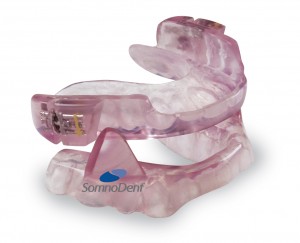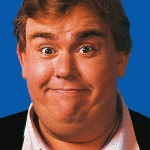Welcome to the Dental Hygiene Principles and Theory Course
There are 3 lessons in this module
Course Overview
Obstructive sleep apnea (OSA) is characterized by repetitive complete or partial obstruction of the upper airway during sleep causing cessation in airflow (Blum & McGowan 2004). Obstructive sleep apnea occurs in adults and children. Recent studies report up to 15% to 25 % prevalence of OSA among middle aged and older adults (Ram, et al. 2010).
Obstructive sleep apnea is a potentially fatal disorder and remains frequently undiagnosed. Some studies indicate up to 70% to 90% of OSA cases are undiagnosed. Undiagnosed OSA may be attributed to the lack of awareness of OSA in the medical and oral health communities (National Center on Sleep Disorders Research. 2003).
Dental hygienists are primary health care providers who have a seminal role in screening for OSA. Dental hygienist can help manage OSA by providing client education on OSA and the comorbidities, educating clients on behavioral modification strategies such as tobacco cessation and nutritional counseling, and facilitating a medical diagnosis by providing a referral to the physician for a medical assessment of OSA.
The role of the dental hygienist is to develop the skills to differentiate between signs, symptoms and risk factors for sleep apnea. Dental hygienists must also be able to correlate the systemic and orofacial risk factors for sleep apnea.
This course is designed to assist learners in developing the skills required to recognize and differentiate between the signs, symptoms and risk factors for sleep apnea, and be able to correlate the systemic and orofacial risk factors for sleep apnea.
Question: What do all these famous people have in common?

Required Readings
COMMON QUESTIONS FOR SLEEP APNEA SYNOPSIS FOR CLIENT CARE
Dental Appliance

Next Steps: Use the course tabs to navigate through this webquest.
References:
Blum, R H., McGowan, Jr F X. (2004). Chronic upper airway obstruction and cardiac dysfunction: anatomy, pathophysiology and anesthetic implications. Pediatric Anesthesia. 14, 75-83.
Ram, S., Seirawan, H., Kuman, S., Clark, G. (2010). Prevalence and impact of sleep disorders and sleep habits in the Unitied States. Sleep Breath. 14, 63-70.
National Center on Sleep Disorders Research. 2003 national sleep disorders research plan. Retrieved from http://www.nhlbi.nih.gov/health/prof/sleep/sleep_rplan.htm



